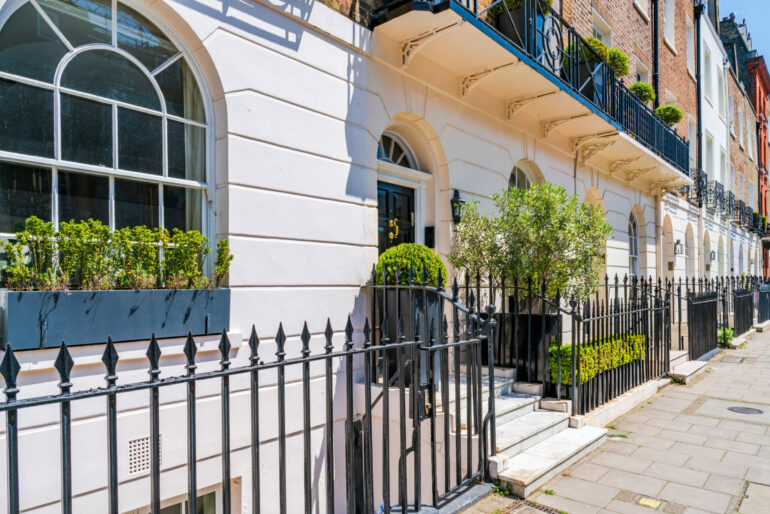As the United Kingdom grapples with economic uncertainty, new data suggests that London’s prime property market is proving to be more resilient than most.
According to a recent report from Knight Frank, the Bank of England’s pause in its series of interest rate hikes last month has led to a mixed reaction in the residential property market.
While the sector remains fragile overall, prime locations in London have maintained relatively strong sales and price performances.
Between August and September of this year, the number of new prospective buyers in London rose by 12%. Although this signifies a cautious uptick in market sentiment, the figure pales in comparison to the leaps seen in more stable political times before 2016, when similar increases exceeded 40%.
Tom Bill, a researcher at Knight Frank, described the current state of the prime London property market as a “holding pattern.”
Affluent areas in the capital have not been exempt from the economic slowdown, but they have fared better than other regions. The Nationwide index recorded a 5.4% decline in its second consecutive annual drop this September. In contrast, prime central London witnessed a milder fall of 1.7%, and in prime outer London, the decrease was 1.4%.
Bill’s updated forecasts indicate that the UK should brace for most of the anticipated decline in house prices to occur this year. A 3% drop is predicted for both prime central and outer London, as opposed to a more alarming 7% projected fall for the broader UK market. “We have updated our forecasts to reflect the fact we expect most of the decline in house prices across the UK will take place this year,” Bill stated.
Interestingly, London’s property market seems to be defying the national trend. While new prospective buyers in the UK were down 11% in the third quarter of this year compared to the five-year average, the figure for London increased by 13%.
One key element contributing to this resilience is the current pricing landscape; average prices in prime central London remain 16% below their peak in 2015, and in prime outer London, they are still 8% lower.



